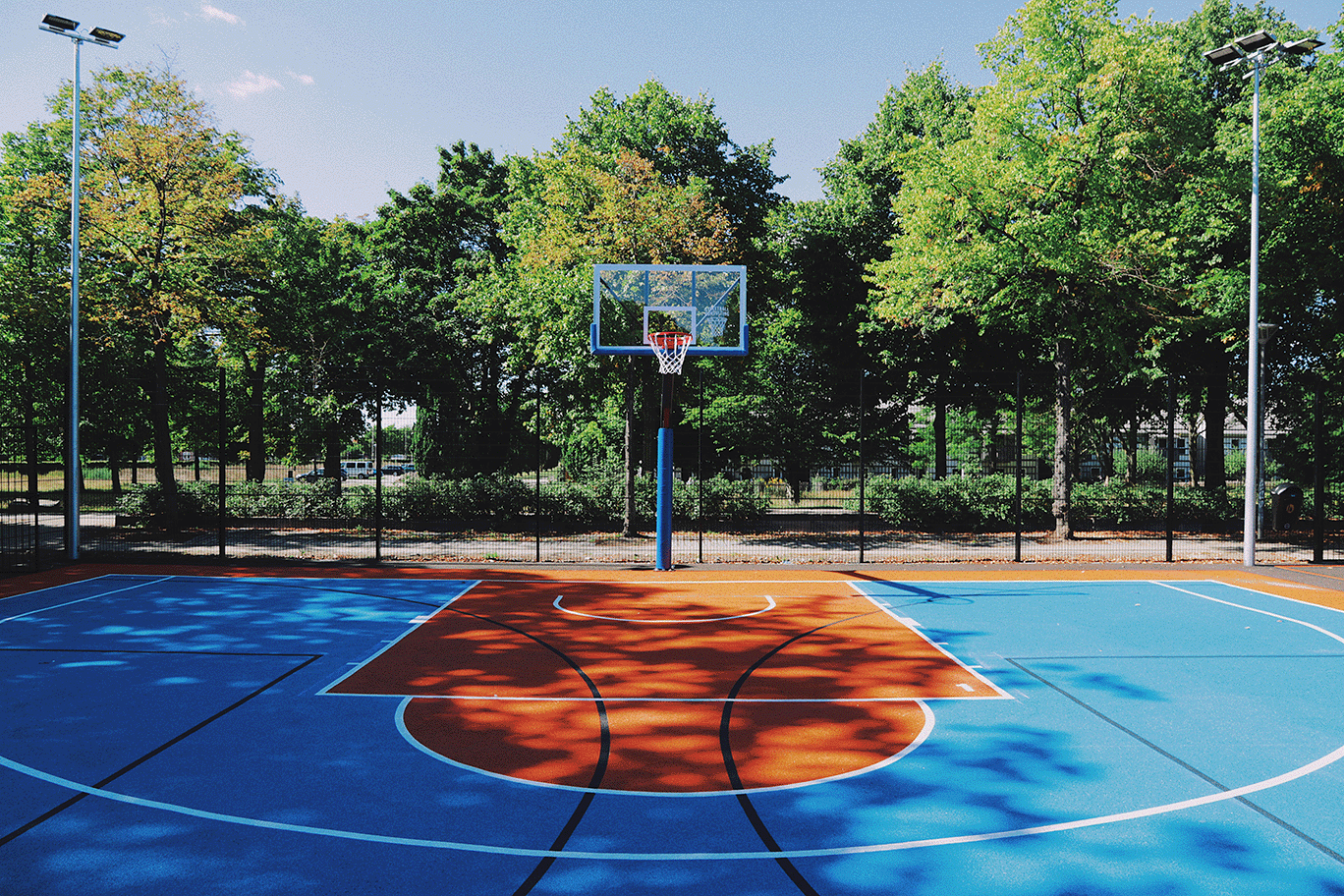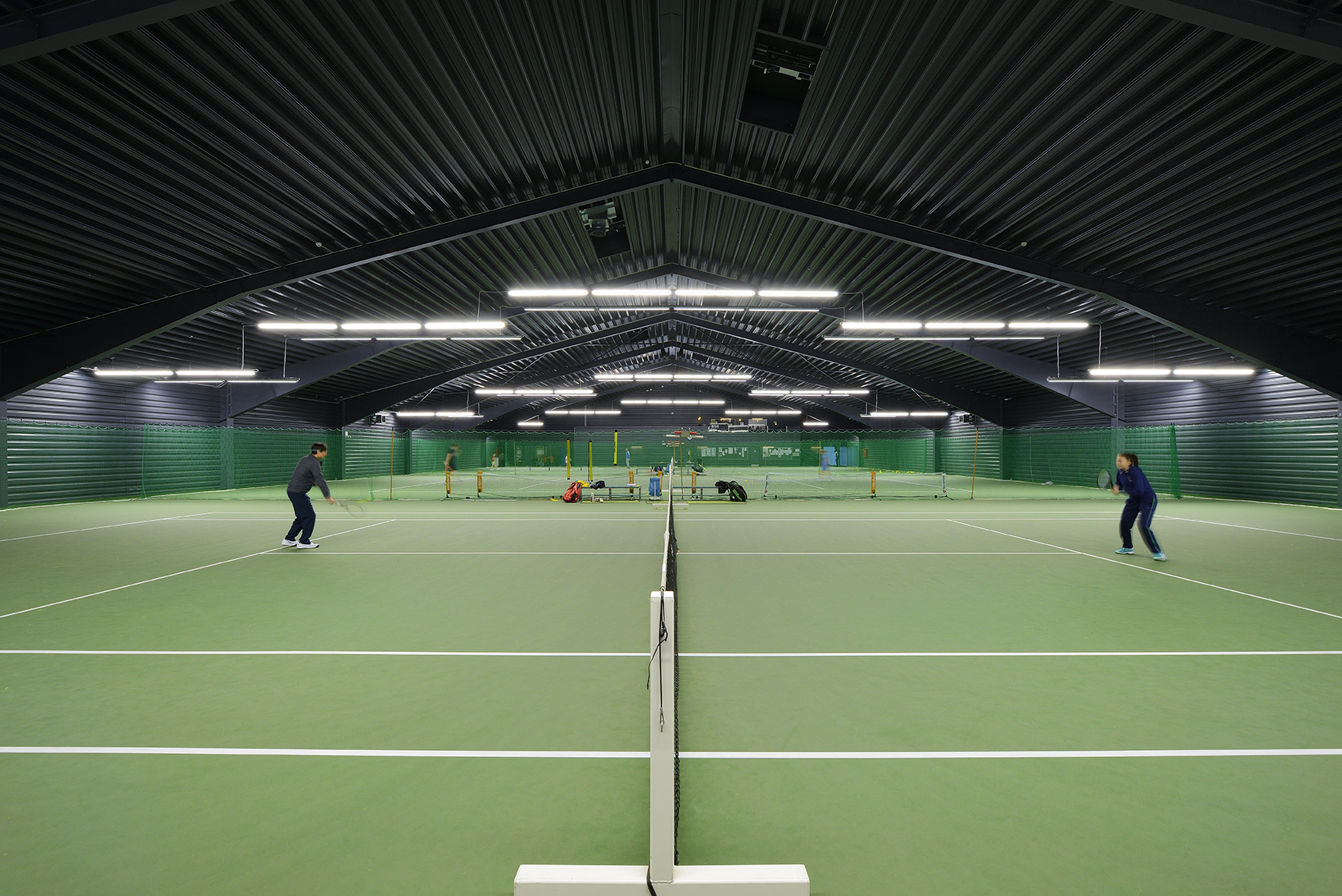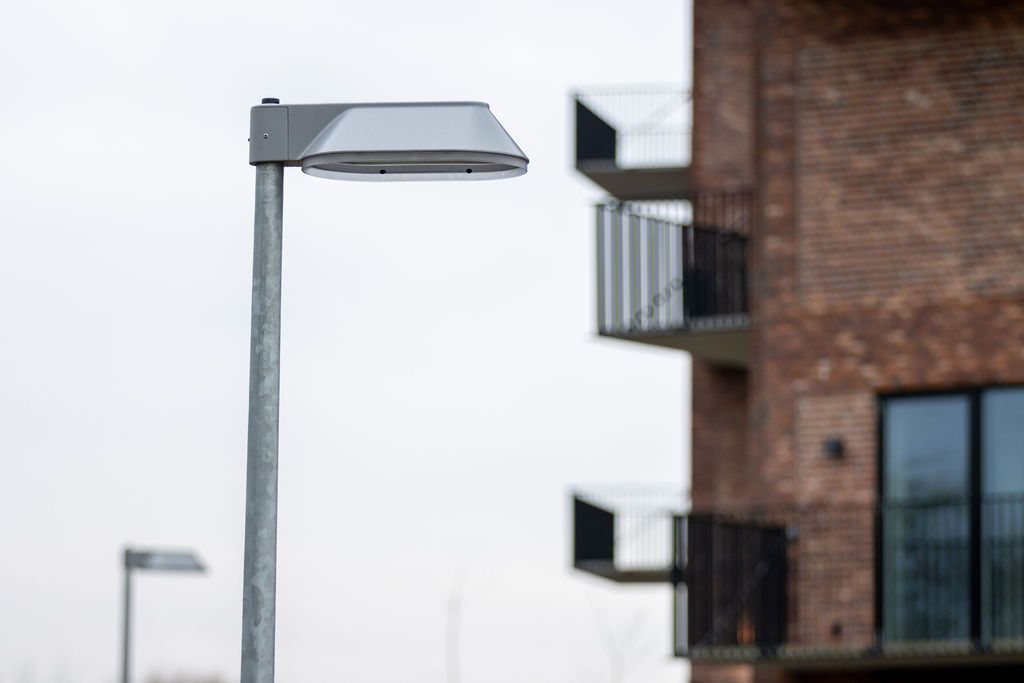GUIDE TO LIGHT
sports lighting

Why is proper sports lighting so important?
Good sports lighting is not just about lighting up the pitch. It affects everything from player performance to the spectator experience and even the environment. Here are some of the most important reasons to prioritize proper sports lighting:
- Safety:
Uniform and powerful lighting reduces the risk of accidents and injuries during play. - Performance:
Proper lighting ensures that athletes can see the ball, the field and each other clearly, improving their performance. - Experience:
For spectators, both on-site and via television broadcasts, good lighting creates a more engaging and professional experience. - Sustainability:
Energy-efficient LED solutions reduce operating costs and environmental impact.
Types of Sports Lighting
Sports facilities have different lighting requirements depending on the sport, the size of the venue and the surroundings.
1. Indoor Sports
Lighting Indoor sports facilities, such as sports halls and swimming pools, require uniform and powerful lighting without shadows. PURSO's Snep luminaires are ideal for halls with high ceilings, while dimmable solutions can provide flexibility for different activities and events.
2. Outdoor Sports Lighting
Outdoor sports facilities such as football pitches, tennis courts and athletics stadiums need robust lighting that can withstand weather conditions. Floodlights with high lumen output ensure the pitch is illuminated evenly and brightly, while energy efficiency keeps operating costs down.
Choosing LED Sports Lighting
1. Brightness and Lumen output
Brightness is measured in lumens, and requirements vary depending on the sport. For example, football fields require higher lumen output to ensure sufficient illumination of the large area, while a basketball court requires less but more focused light.
2. Color Rendering Index (CRI)
The color rendering index (CRI) indicates how well the lighting reproduces colors. A CRI of 80 or higher is recommended to ensure that players and spectators can see colors clearly.
3. Energy Efficiency
LED lighting is known for its energy efficiency, reducing energy costs and environmental impact. Be sure to choose products with a high energy efficiency rating.
4. Robustness and IP certification
Outdoor lighting should be IP65 certified or higher to ensure resistance to water, dust and other weather conditions.
5. Dimmable and intelligent solutions
Flexible solutions such as dimmable lamps and intelligent control systems allow you to adjust lighting based on needs and save energy.
Light Up Your Sports Facility with Modern Solutions
Sports lighting is more than just light – it’s an investment in safety, performance and guest experience. With modern LED technology, you can create a professional, energy-efficient and environmentally friendly lighting solution for your sports facility.
Contact us today to find the perfect lighting for your sports facility. We offer tailor-made solutions for both indoor and outdoor sports facilities, ensuring optimal performance and quality.
Sports Lighting Requirements for Different Sports
1. Football Fields
Outdoor football fields require high lumen output and uniform light distribution to ensure the entire pitch is illuminated. LED floodlights are ideal for this purpose.
2. Tennis courts
Lighting for tennis courts must ensure good visibility of the ball. Use fixtures with a focus on even light distribution and minimal glare. LITE is a DTF and DGI court partner.
Read much more about lighting for tennis here
3. Swimming pools
Swimming pools require lighting with a high CRI to ensure the clarity and colors of the water are visible. LED lights with IP certification are necessary to withstand moisture.
4. Athletics Stadiums
Athletics stadiums require lighting that covers large areas with strong and uniform light. Intelligent solutions can adjust the brightness for different disciplines.
Implementation of Sports Lighting
1. Needs Analysis
Start by assessing the facilities and identifying the specific lighting requirements for each sport and area.
2. Product Selection
Choose LED lighting that meets the requirements for brightness, robustness and energy efficiency.
3. Installation
Work with professional installers to ensure correct setup and optimal light distribution.
4. Monitoring and maintenance
Use intelligent control systems to monitor lighting and reduce maintenance needs.
ALSO READ SOME OF OUR OTHER GUIDES





